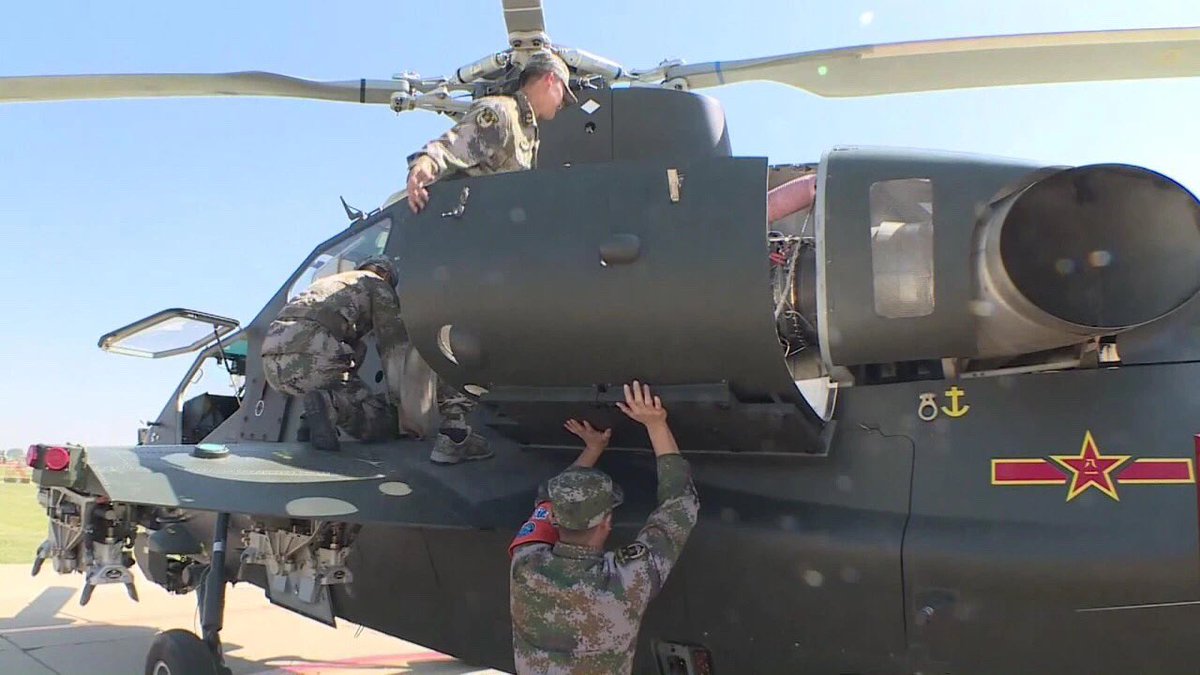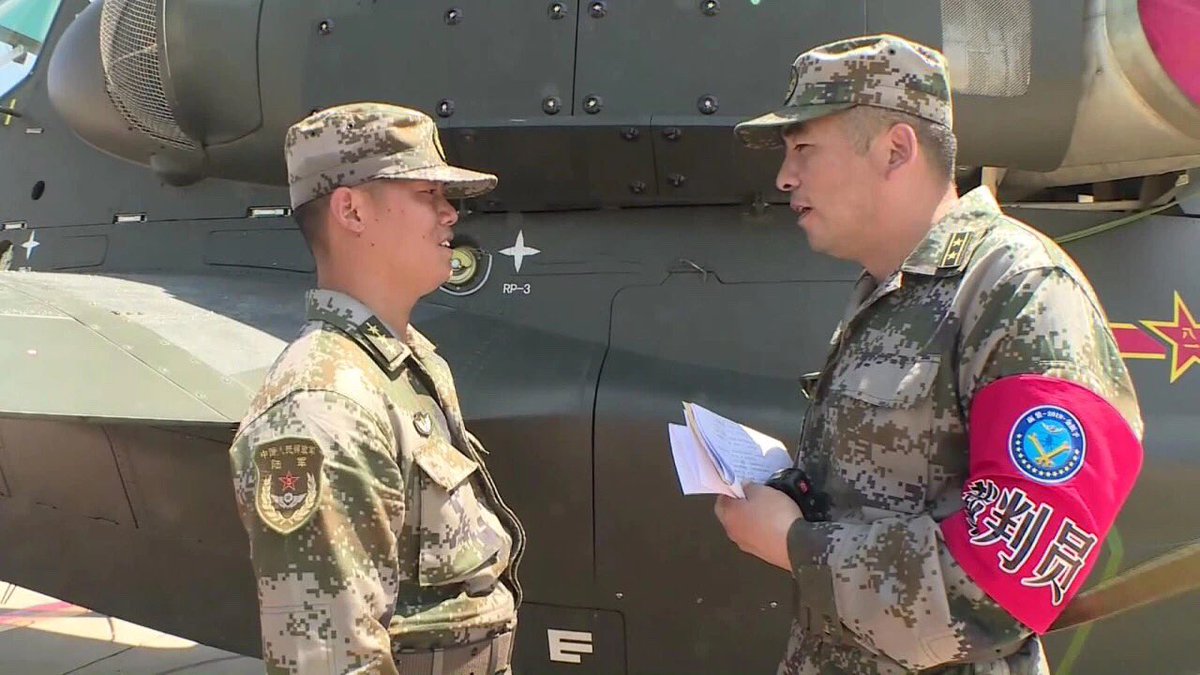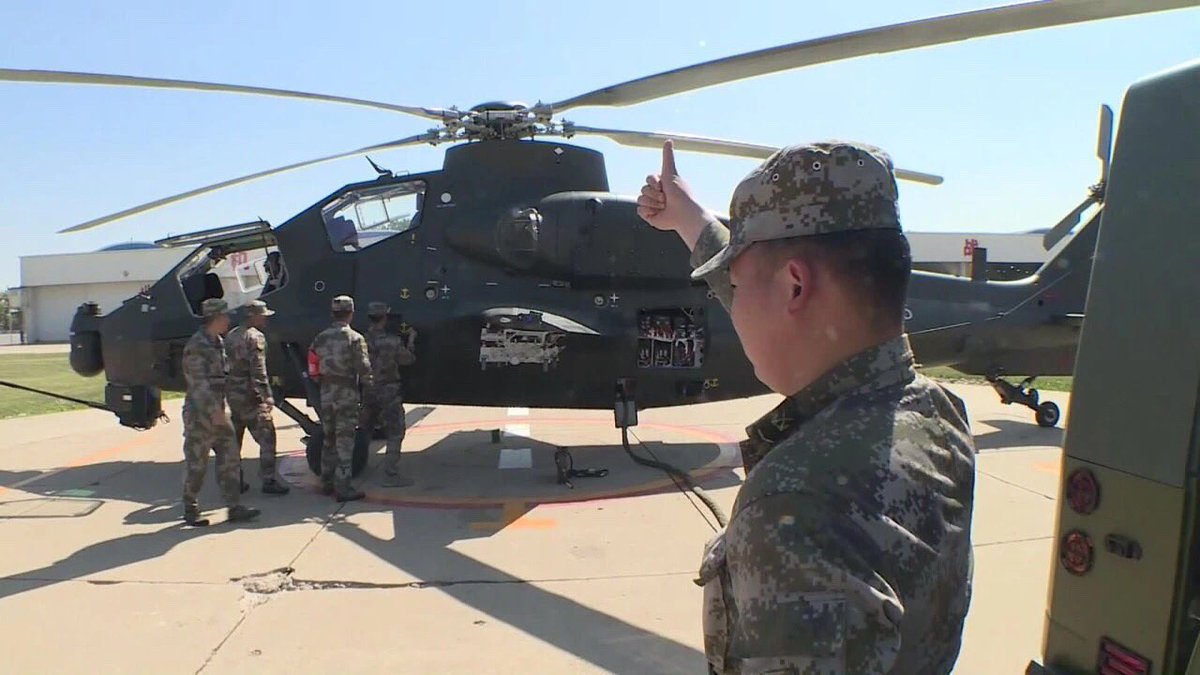Ok, lets see now -
That's a lot of changes.
...so if it not underpowered, then can you tell us why the Z-10 ditched sensor suites in the original prototypes? The AH-64 like advanced sensors disappeared. The exhaust design also changed to something simpler. However, the Z-10ME which has a better engine has the exhaust redesigned (curved upwards -
).
As to sensor
ZeEa5KPul he already answer your question I don't have to repeat it
As to infrared red suppression how do you know that they don't have it There is many way to suppress the infra red signature And China do know how to mitigate infra red Here is a paper devoted specially to the subject and It is Chinese paper
shows the lobed mixer-ejector IRS adopted by Turbomeca Dauphin SA365C.
In
,
θ denotes the azimuthal angle,
R1 is relative infrared intensity. Evaluation tests showed that this kind of infrared suppressors was of high
, low
, low
,
, and light weight. It reduced infrared signal/noise ratio in the 3–5 μm band by 39 dB, with an acceptable
limited in 2.5% at hover IGE power.
Recently, to precisely simulate temperature distributions on the helicopter
and in the exhaust plume, the effects of rotor downwash were considered by Pan et al.
,
,
,
in
flow and heat transfer calculation under helicopter hovering. A rotor downwash model was presented to define the external boundary of rotor downwash.
shows the effect of rotor downwash on the exhaust plume. The exhaust plume takes on strong downwards
to the rear fuselage, as well as deflection to the rotor’s
direction, under the action of rotor downwash. These deflections are especially obvious under higher rotor downwash.
When the exhaust is ejected upward, the exhaust plume could come into collision with the rear fuselage, and pumping capacity of the exhaust system is weakened a little. While the exhaust is ejected in oblique or , the exhaust plumes do not come into collision with the rear fuselage, and pumping capacities of the exhaust system are somewhat enhanced. The exhaust direction shows significant influence on the infrared radiation distribution, as seen in . In this figure, Vdownwash denotes the downwash velocity. When the exhaust is ejected in the oblique direction, the infrared detected from the top direction is almost the same as that from the lateral direction. While the exhaust is ejected upward or sideward, strong infrared radiation occurs at some viewing directions.
Fig. 14










